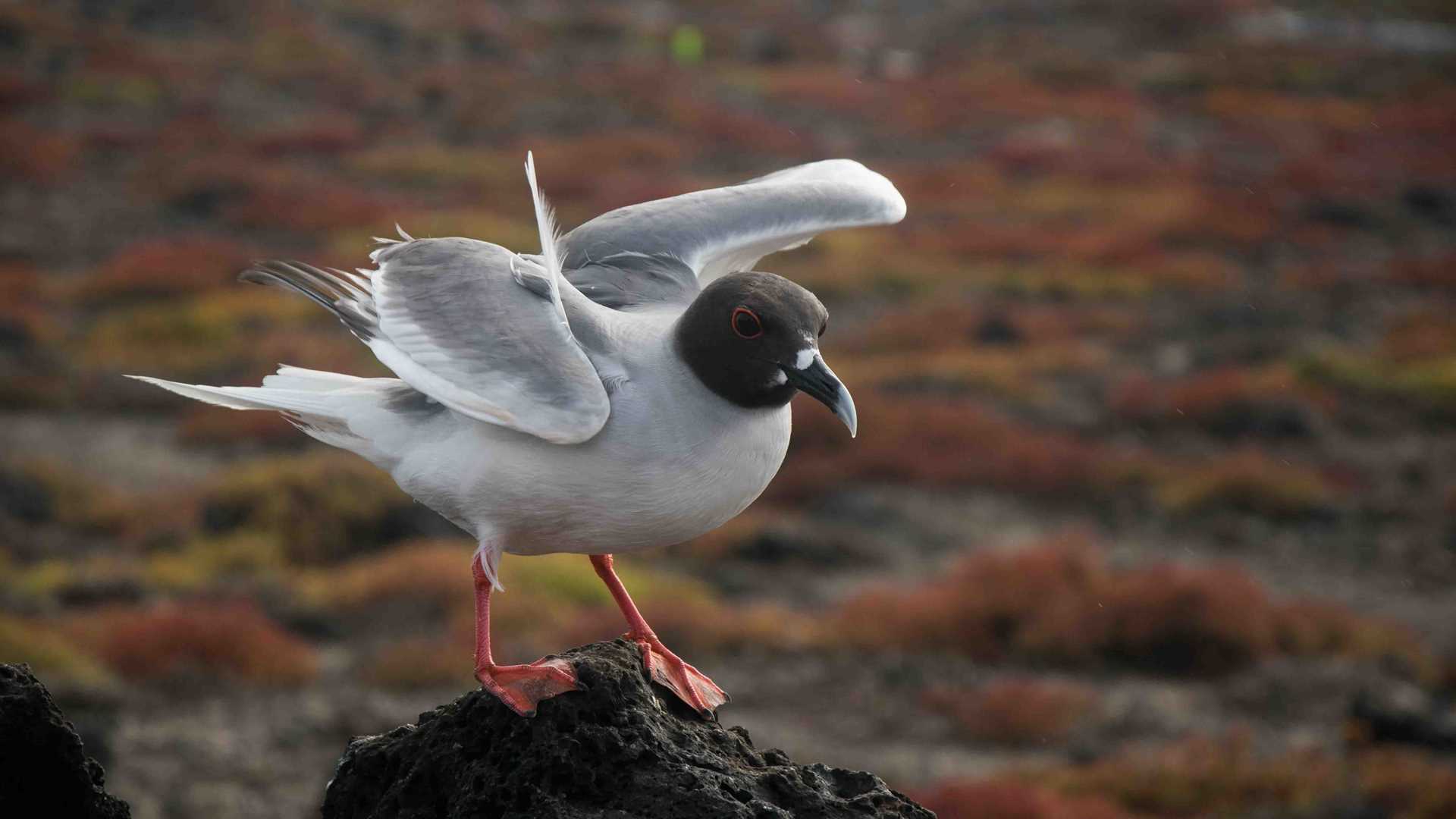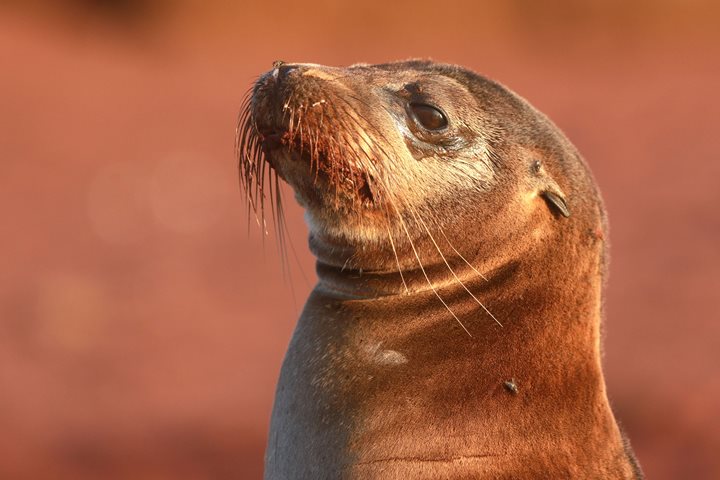Today we visited two unique and remarkable islands: South Plaza and Santa Fe. Early in the morning we woke up to explore the tiny islet of South Plaza. In addition to playful sea lions, for the first time we spotted the iconic Galapagos land iguana walking close to the trail, as well as a variety of sea birds flying along breathtaking cliffs. We then had some time to share a lecture onboard about the human history of the Galapagos, a fascinating but usually unknown topic in the Galapagos. In the afternoon, we moved to Santa Fe Island. This was a great opportunity to end the day watching a different species of land iguana, the Santa Fe land iguana which is unique to this island. The Galapagos National Park provides this kind of exciting opportunity to witness two species of iguanas on the same day and to reflect on the evolutionary processes that underlie all this biodiversity.
- Daily Expedition Reports
- 14 Sep 2017
South Plaza and Santa Fe Island, 9/14/2017, National Geographic Islander
- Aboard the National Geographic Islander
- Galápagos
José Guerrero, Naturalist/Certified Photo Instructor
José Guerrero Vela is an Ecuadorian permanent resident of the Galapagos. His mother was born in the islands and his grandfather was one of the first generation of teachers in the Galapagos, which has always inspired him to promote education as the ma...
Read MoreShare Report
Related Reports
11/23/2022
Read
National Geographic Islander II
Isabela and Fernandina
Our day began with the chance to point out a lot of interesting geological features as we enjoyed Zodiac tours along a massive flank of Ecuador Volcano on Punta Vicente Roca. In the afternoon, we took a sunny walk on Punta Espinoza on Fernandina Island. We spotted many iguanas, and a bunch of sea lions hanging around, too.
11/22/2022
Read
National Geographic Islander II
North Seymour & Rabida Islands
Relatively small and low compared to neighboring Santa Cruz, North Seymour is located to the north of Baltra. The island is dry with predominantly low shrubs, like prickly pear cacti. The incense trees are bare during the dry season. Seabirds like frigatebirds and blue-footed boobies nest on the island, and sea lions rest on the sand when they are not fishing. Land and marine iguanas also live here. Rabida is in the middle of the archipelago and has a striking red sand beach. We observed a small colony of sea lions of all ages resting or nursing. Behind the beach, American flamingos nest in a brackish lagoon. This island is full of contrasts and wildlife that we enjoyed observing during this day of expedition.







